PROTECT YOUR DNA WITH QUANTUM TECHNOLOGY
Orgo-Life the new way to the future Advertising by AdpathwayAs one of the top cooking holidays, Thanksgiving benefits from all things homegrown. However, cold weather and small spaces can make this tricky. Growing Thanksgiving herbs indoors is one way you can add fresh flavor to your meal.
A sprinkle of thyme on roasted carrots, chopped sage and rosemary leaves in your stuffing, and parsley on top of mashed potatoes can all elevate your meal. And since you can grow these herbs indoors in pots, anyone can enjoy their aroma and flavor.
We’ll explore the proper indoor herb-growing setup and how to keep them healthy until the big day. You’ll also learn how to properly harvest your Thanksgiving herbs indoors so they continue growing throughout the winter and into the following year.
Broadleaf Sage

Tuscan Blue Rosemary
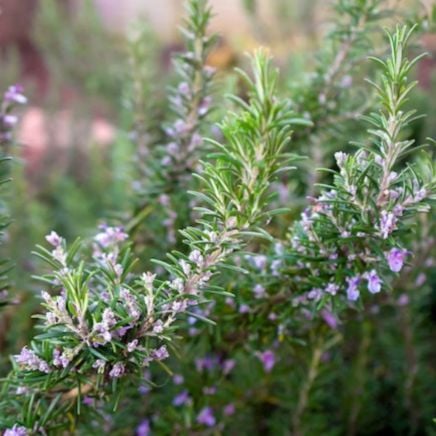
Parsley Italian Giant Org
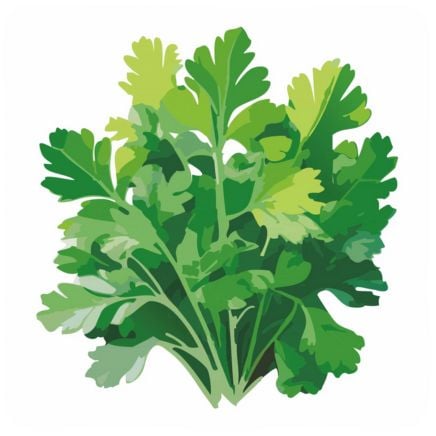
Parsley Italian Giant Org
Why Grow Thanksgiving Herbs Indoors?
 In cold climates, extend your growing season by moving pots indoors.
In cold climates, extend your growing season by moving pots indoors. Herbs are some of the most impactful plants you can grow. Until you grow your own sage or parsley at home, it’s difficult to understand the differences in aroma and flavor between these homegrown herbs and the clamshells you buy in stores. Just a few handfuls of these potent plants can elevate dishes to the next level.
Having herbs available also helps eliminate waste. Sometimes you only need a single sprig of rosemary or a few leaves of parsley for a recipe, but you have to purchase three times that amount at a store. Growing your own herbs lets you harvest exactly the amount you need.
While many herbs grow well outdoors in warmer weather, cooler temperatures can limit their growth and cause their leaves to die back. Growing these plants indoors keeps them alive and thriving throughout the colder months. When warm weather rolls back around, you can move the containers outdoors or continue growing them inside.
What Thanksgiving Herbs Grow Well Indoors?
You can grow most herbs indoors, but some are must-haves for Thanksgiving meals. If you only plan to grow a handful of aromatics, start with these plants.
Sage
 Sage is a must-have in Thanksgiving dishes.
Sage is a must-have in Thanksgiving dishes. Sage has an earthiness that complements gravy, turkey, stuffing, roasted winter squash, and other classic Thanksgiving dishes. It’s a perennial that can survive for years with proper care and the right environment.
Care
 Full sun is best, either from a window or grow lights.
Full sun is best, either from a window or grow lights. Sage prefers lots of bright light. Aim for at least six hours of direct light each day. A south-facing window is ideal, but you can also supplement with a grow light. A lack of light will lead to leggy plants, leaves that lack flavor, and stunted growth.
A well-draining potting mix is crucial for growing these Thanksgiving herbs indoors. These plants are susceptible to root rot, so avoid mixes that retain excessive moisture.
Let the top two to three inches of soil dry out in between waterings. Sage dislikes wet soil, so err on the side of underwatering.
Thyme
 Thyme is compact and fits easily into containers.
Thyme is compact and fits easily into containers. Whether you choose English thyme, German thyme, or lemon thyme, this herb adds a bright earthiness to dishes. Since it remains compact, it’s easy to grow indoors in containers.
Care
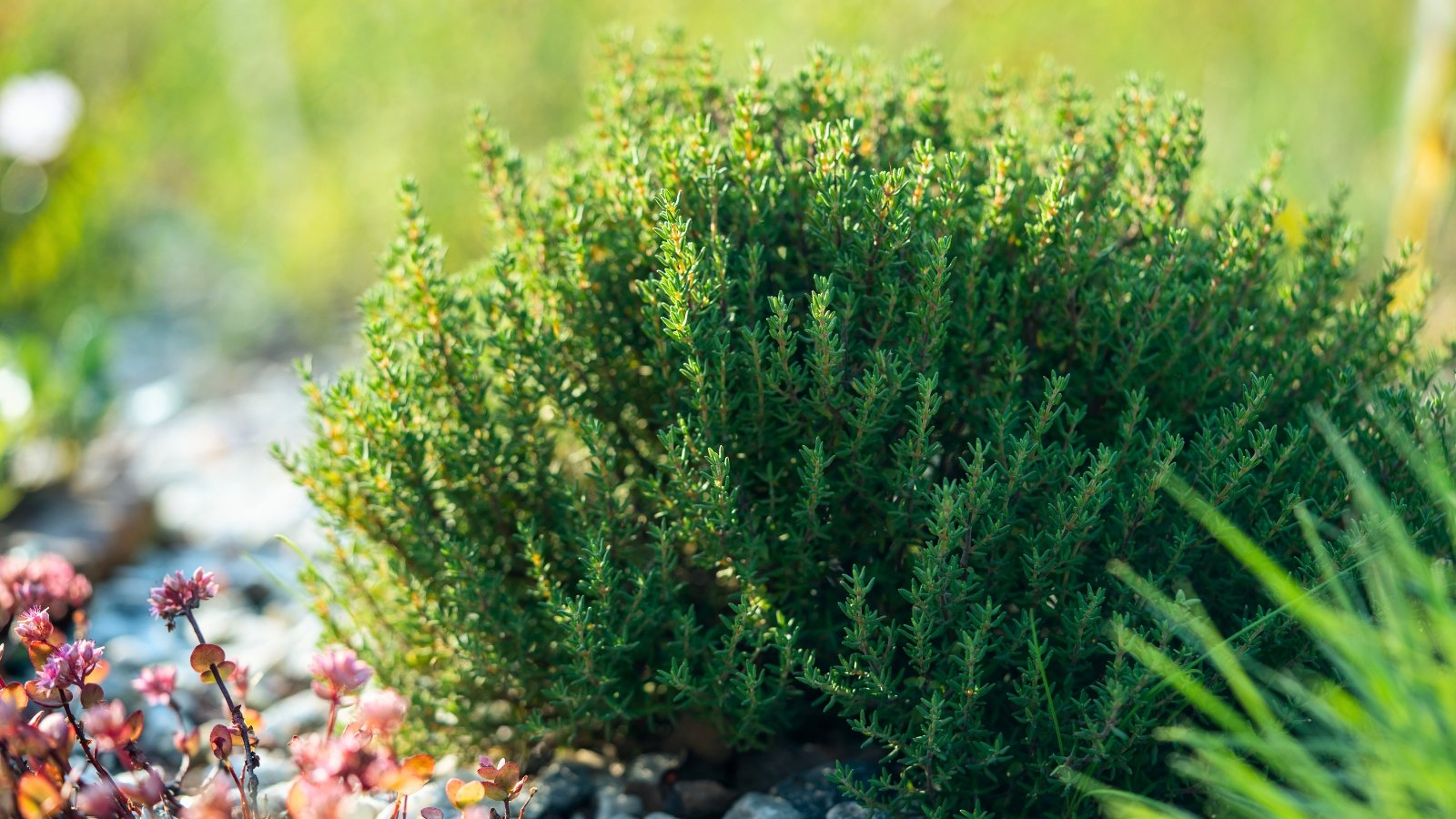 Leaves grow best in full sun positions.
Leaves grow best in full sun positions. Thyme likes full sun, so aim to provide it with at least six hours of daily direct light. South-facing windows are the best option, and grow lights work well if you don’t have a naturally bright area.
Well-draining soil is key for healthy thyme plants. A standard houseplant potting mix works well, or you can combine one part peat moss, one part compost, and two parts perlite.
Thyme dislikes wet soil, so allow the top one to two inches to dry out before watering.
Rosemary
 Rosemary is more challenging to grow indoors, but worth the effort.
Rosemary is more challenging to grow indoors, but worth the effort. Rosemary’s pine-like aroma pairs exceptionally well with roasted meats and potatoes. The plant’s large size makes it slightly challenging to grow indoors, but success is possible with the proper knowledge and care.
Care
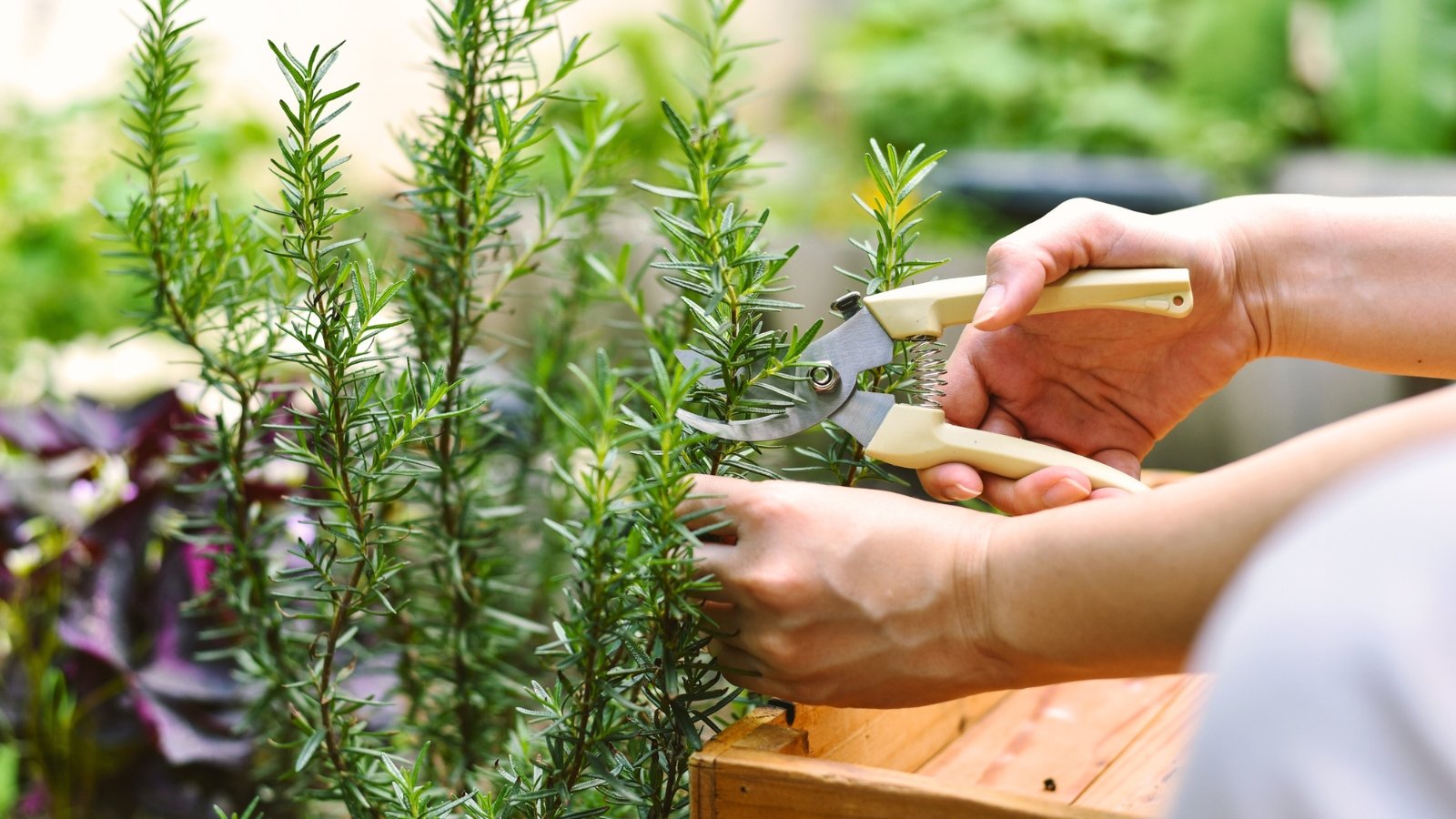 Use grow lights to improve indoor production.
Use grow lights to improve indoor production. Rosemary requires at least eight hours of bright light each day. Consider placing the plants in a sunroom, near a south-facing window, or beneath a grow light.
This perennial herb is native to the Mediterranean, so it prefers well-draining, chunky soil. Mixing a few handfuls of sand or perlite into a soilless potting mix provides the roots with the right conditions.
These plants like to dry out in between waterings, so add water deeply but infrequently. Overwatering is one of the top reasons why these plants struggle indoors.
Parsley
 This herb is an essential garnish in the kitchen.
This herb is an essential garnish in the kitchen. Parsley is a biennial herb, so you can replant it each year. Its bright leaves add depth to dishes including gravy, roasted potatoes, and turkey.
Care
 Water these herbs slightly more often than the others.
Water these herbs slightly more often than the others. Six to eight hours of daily light will keep the plant happy, but more light is fine. If you don’t have a bright indoor area, add a grow light above the plant.
Choose a mixture that balances water-holding with drainage. A standard soilless potting mix works well for parsley.
Unlike the perennial herbs listed above, parsley prefers soil that remains consistently moist. That doesn’t mean it should be soaking wet, but you should add water as soon as the top inch of soil dries.
Chives
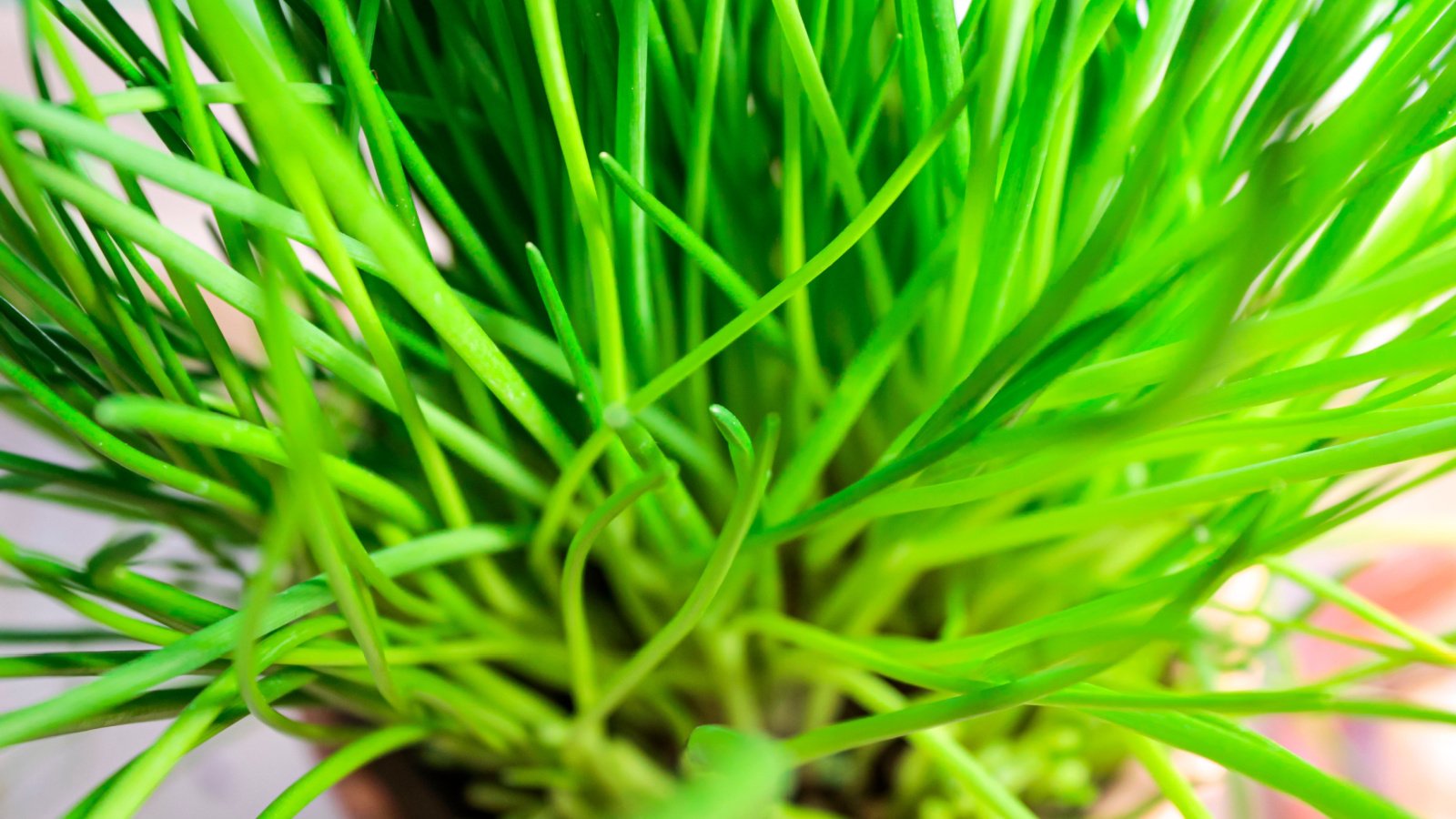 Chives don’t take up much counter space indoors.
Chives don’t take up much counter space indoors. The slightly sweet, mild onion flavor of chives adds brightness to rich Thanksgiving dishes. These herbs take up limited space, so they’re a great candidate for growing indoors.
Care
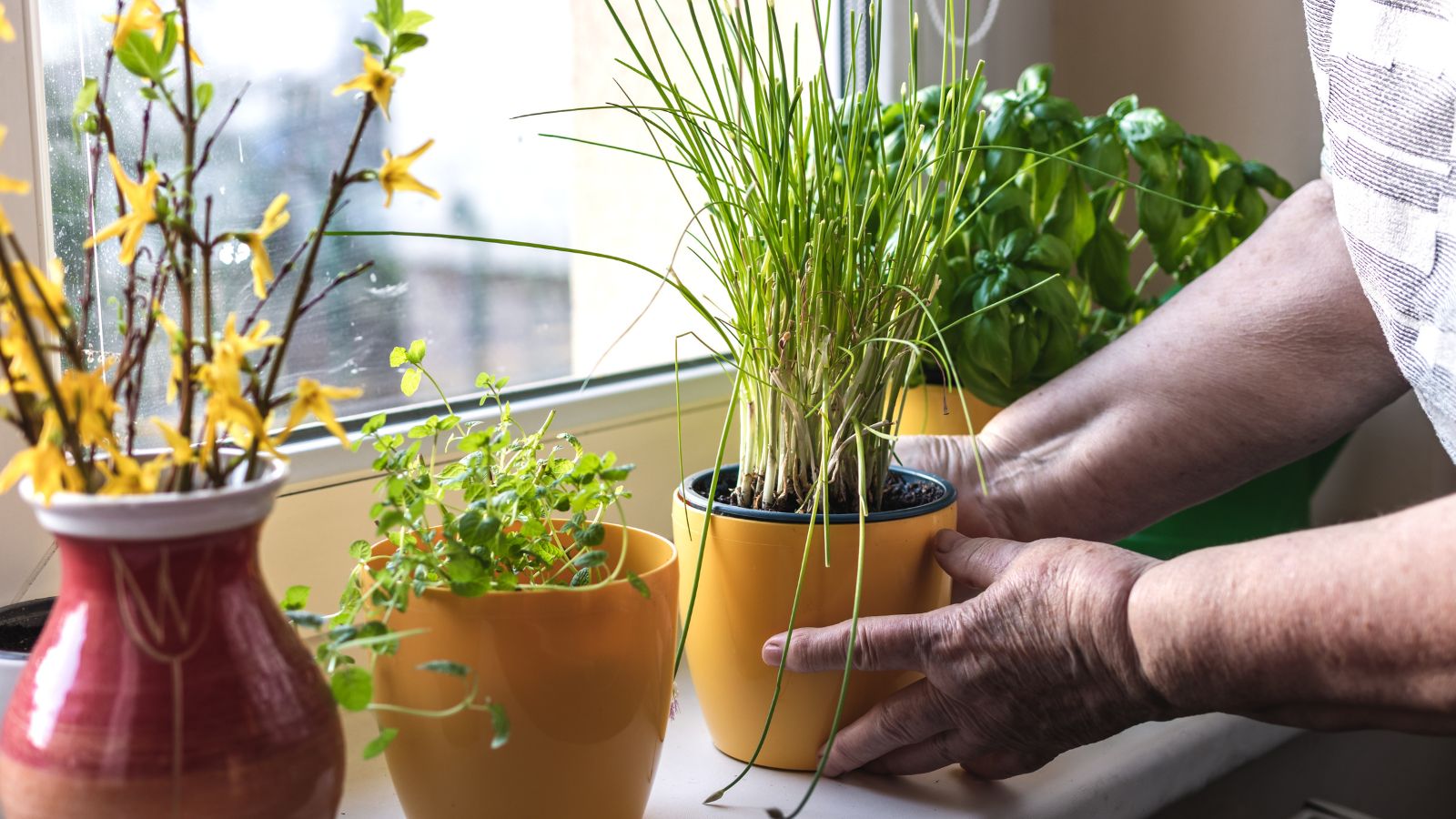 Water when the top inch of soil dries out.
Water when the top inch of soil dries out. Supply at least six hours of bright daily light to keep the leaves strong and healthy. A lack of light will lead to flimsy leaves that lack flavor.
Choose a well-draining potting mix that includes organic materials such as peat moss, coco coir, and/or compost.
Aim to keep the soil slightly moist. A good practice is to add water when the top inch of soil is dry.
Setting Up Your Indoor Thanksgiving Herb Garden
 Indoor herb garden set-ups can be as simple or elaborate as you like.
Indoor herb garden set-ups can be as simple or elaborate as you like. You don’t need an elaborate setup to grow Thanksgiving herbs indoors. Suitable containers, well-draining potting mix, a warm environment, and bright light are the key components.
Containers
 To grow Thanksgiving herbs indoors, you’ll need containers that fit in your home.
To grow Thanksgiving herbs indoors, you’ll need containers that fit in your home. Choose pots that are large enough for your herbs but small enough to fit in your indoor growing space. Many Thanksgiving herbs can grow well in six or eight-inch pots, but larger perennials like rosemary and sage can benefit from 12-inch containers.
Ensure all containers have drainage holes that allow excess water to escape. Place catch dishes under the pots to collect excess water and prevent puddles on your floor or counter.
Potting Mix
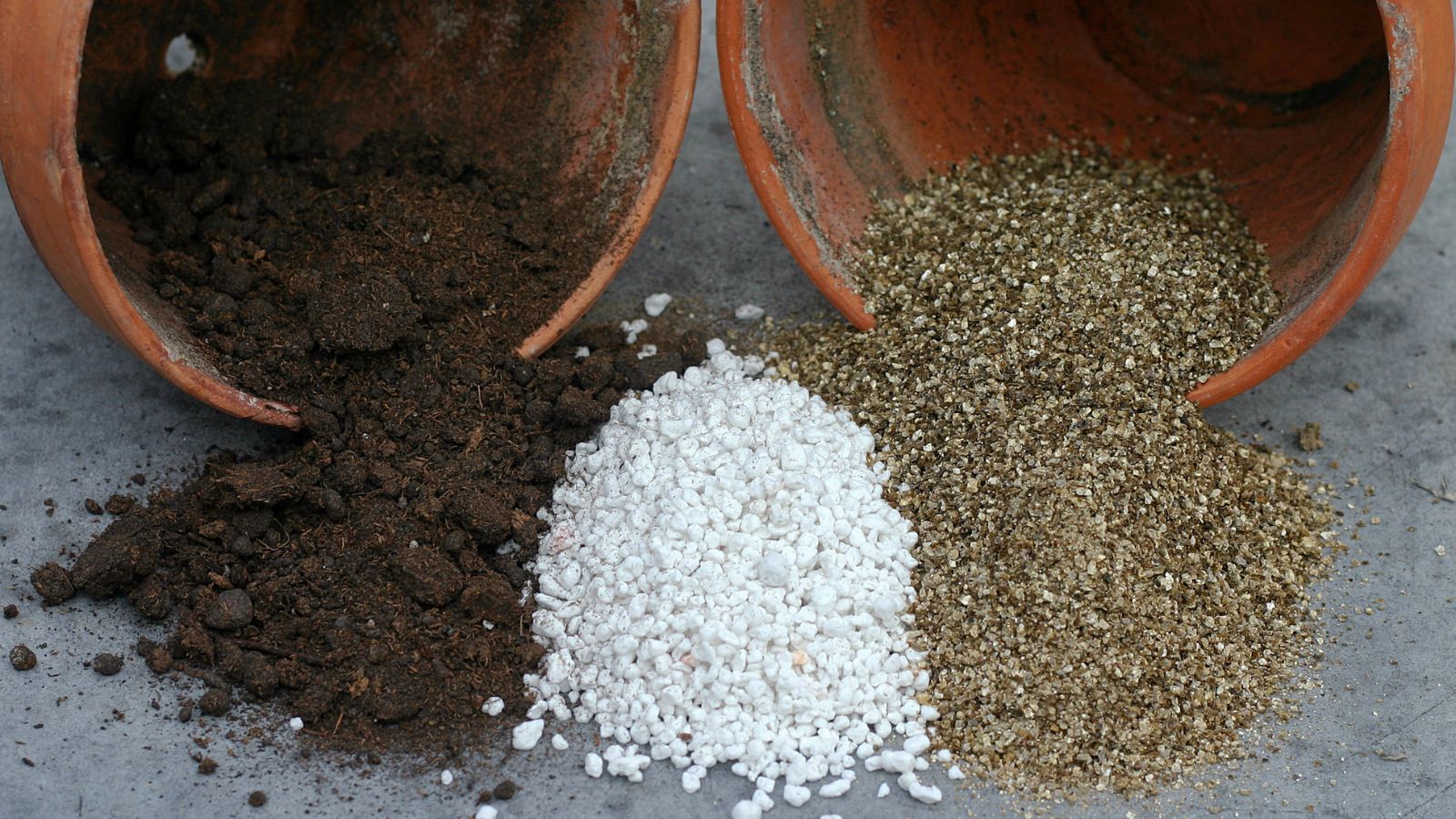 Make your own potting mix or purchase one designed for containers.
Make your own potting mix or purchase one designed for containers. Avoid filling your containers with garden soil. Instead, choose a potting mix that provides excellent drainage and holds onto a bit of moisture. You can use bagged mixes that are designed for container gardens.
Light
 Invest in grow lights if you don’t have a south-facing window.
Invest in grow lights if you don’t have a south-facing window. Providing ample light is one of the most challenging aspects of growing herbs indoors during the late fall and winter. A south-facing window is ideal since it provides your plants with the most natural light.
If you don’t have an indoor area that receives at least six hours of bright light, add a grow light to your setup. Leave the light on for eight to ten hours each day and turn it off at night.
Harvesting Herbs for Thanksgiving
 Harvest just before you’re ready to use the herbs.
Harvest just before you’re ready to use the herbs. If you want to harvest for Thanksgiving, plan to purchase and repot seedlings at least a month before the holiday. This planting date will give the plants time to establish and produce enough foliage to harvest. If you want to grow Thanksgiving herbs from seed, plan to sow them in the spring.
Each herb has its own ideal harvesting strategy, but keeping a few general tips in mind will allow for a healthy harvest and continued plant growth.
- Limit your harvest: Never cut more than one-third of a plant at one time. Leaving enough foliage is key to allowing the plant to recover.
- Cut larger leaves: Harvesting larger (older) leaves and leaving smaller ones will allow the plant to continue to regrow.


 16 hours ago
4
16 hours ago
4
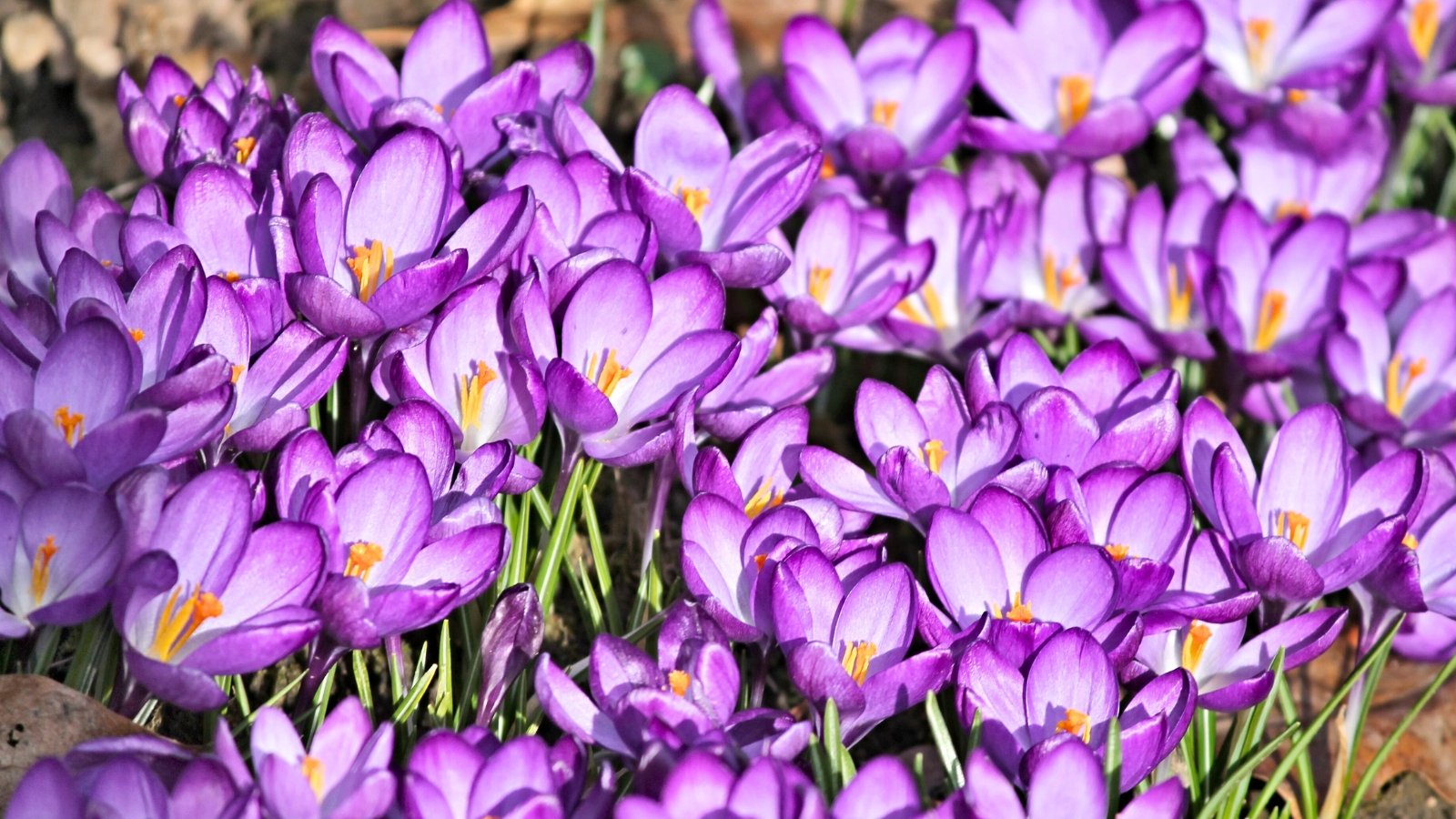
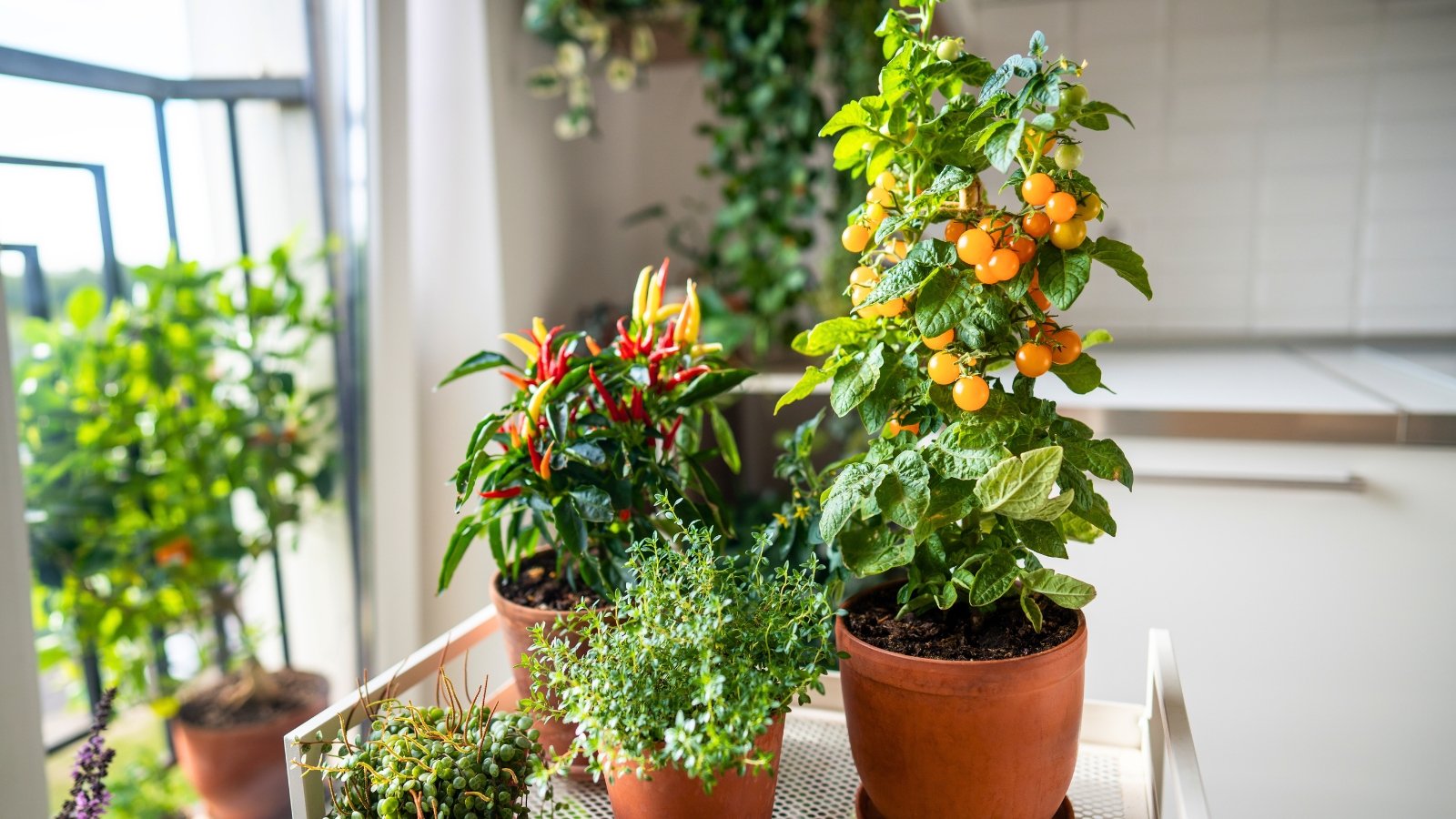
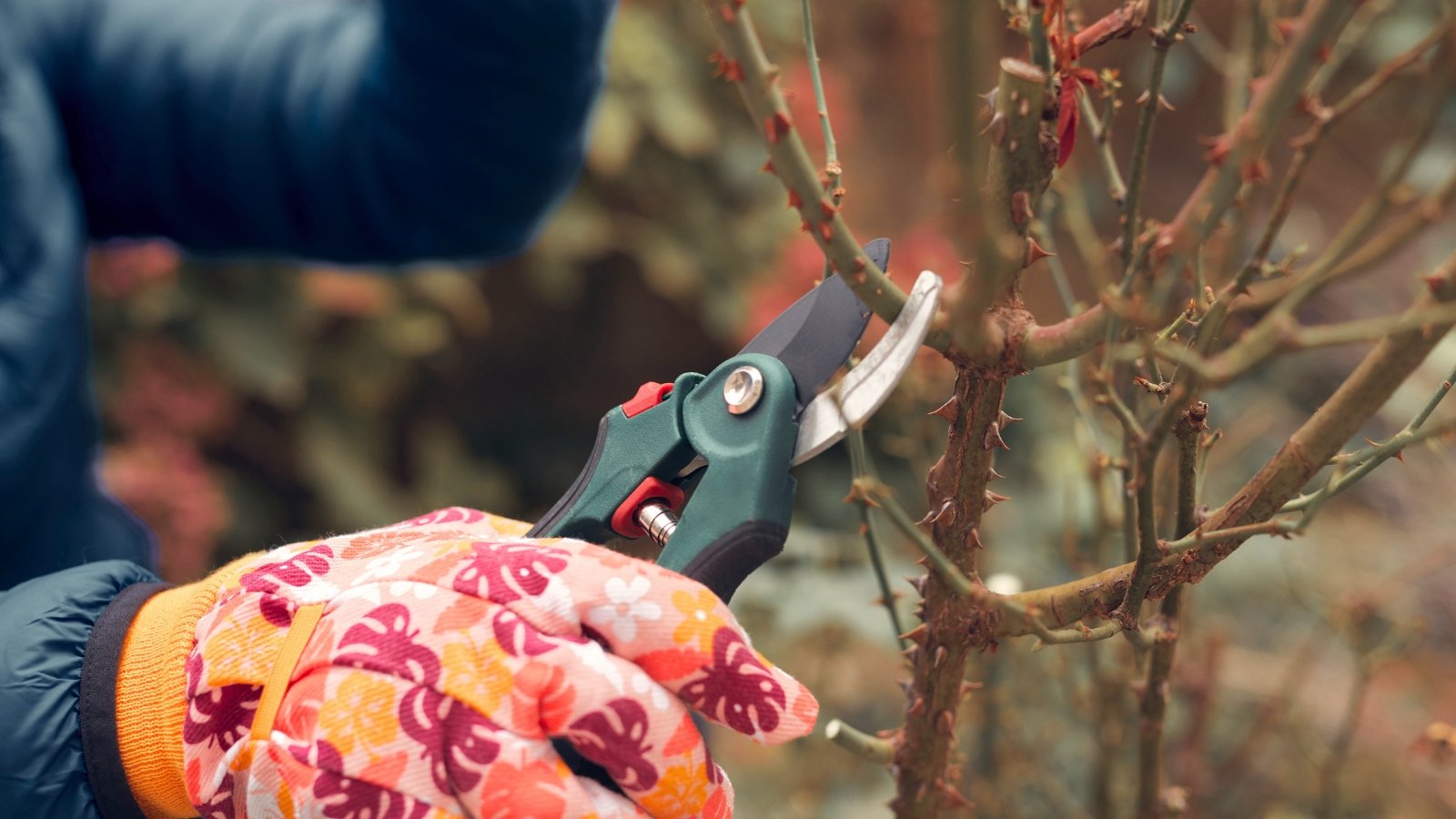
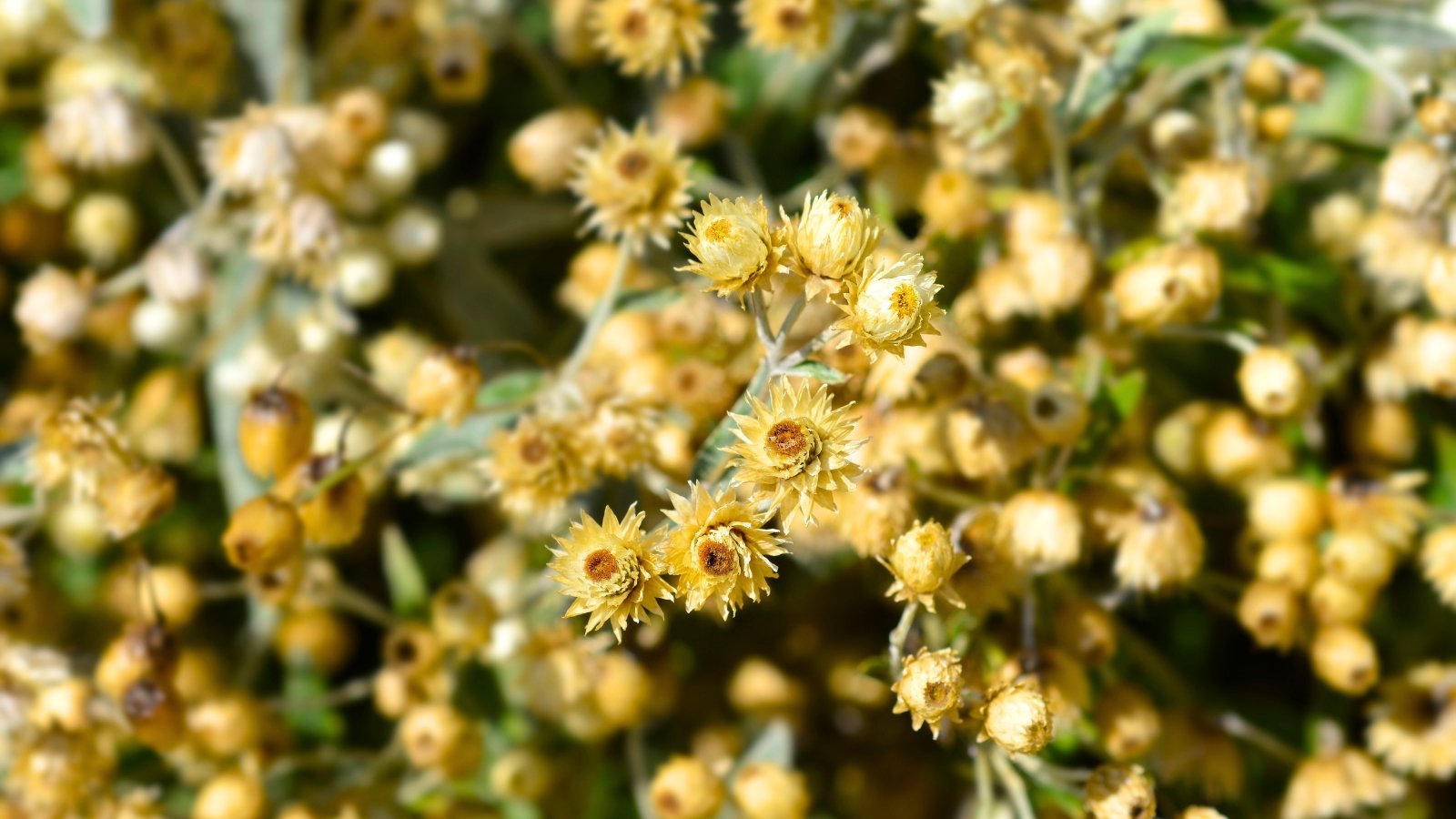

















 English (US) ·
English (US) ·  French (CA) ·
French (CA) ·